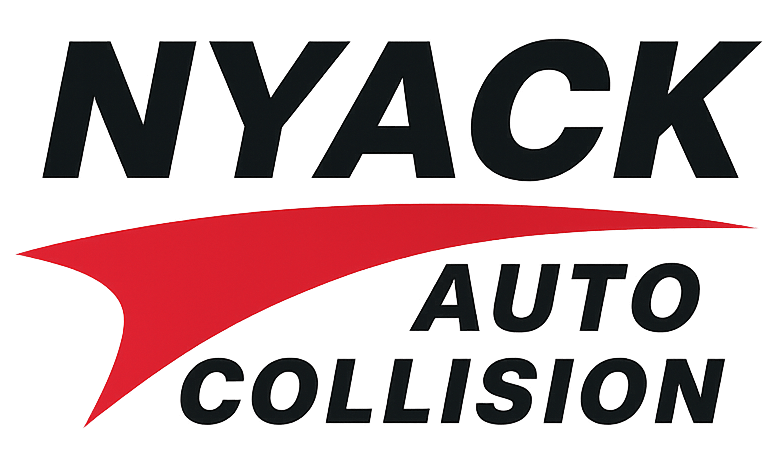Getting into a car accident is stressful enough, but dealing with insurance claims can make the situation even more overwhelming. Understanding how the auto insurance claim process works for collision repairs can save you time, money, and frustration. In this guide, we’ll break down the step-by-step process to help you navigate your insurance claim with confidence.
1. Ensuring Your Safety on the Road
Even if the damage appears minor, there may be underlying structural or mechanical issues that compromise your car’s safety. Some common hidden problems include:
- Frame Damage: A misaligned frame can affect your vehicle’s stability, making it unsafe to drive.
- Suspension Issues: Accidents can cause suspension misalignment, leading to poor handling and increased tire wear.
- Airbag & Sensor Malfunctions: Even a small collision can impact your vehicle’s safety features, preventing airbags from deploying correctly in the future.
Ignoring these issues can put you and your passengers at risk. A professional auto body inspection can detect hidden damage and ensure your car is safe to drive.
2. Preventing Further Damage & Costly Repairs
Delaying auto body repairs can turn minor issues into expensive problems. For example:
- Small Dents & Scratches Can Lead to Rust: If a dent exposes your car’s metal frame, moisture can cause rust to develop, leading to costly repairs.
- Misaligned Parts Can Cause Additional Wear: A slightly bent fender or damaged bumper may not seem urgent, but misaligned parts can strain other vehicle components.
- Fluid Leaks May Develop Over Time: Even a minor accident can cause small cracks in essential systems like the radiator or transmission, leading to leaks that worsen over time.
Addressing these problems immediately can save you from expensive repairs down the road.

